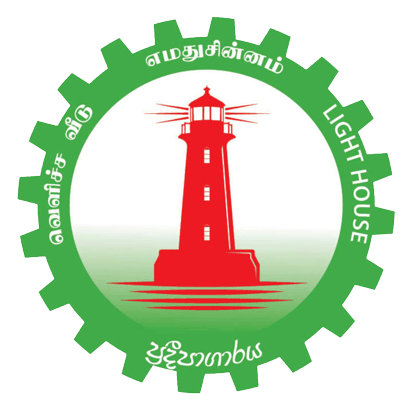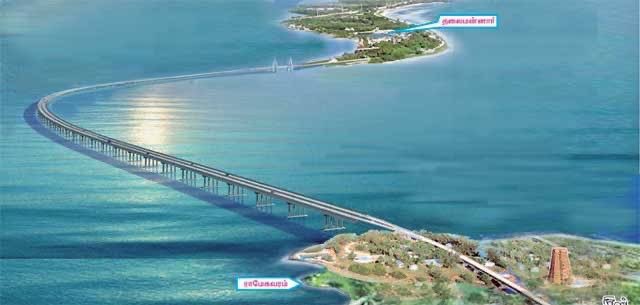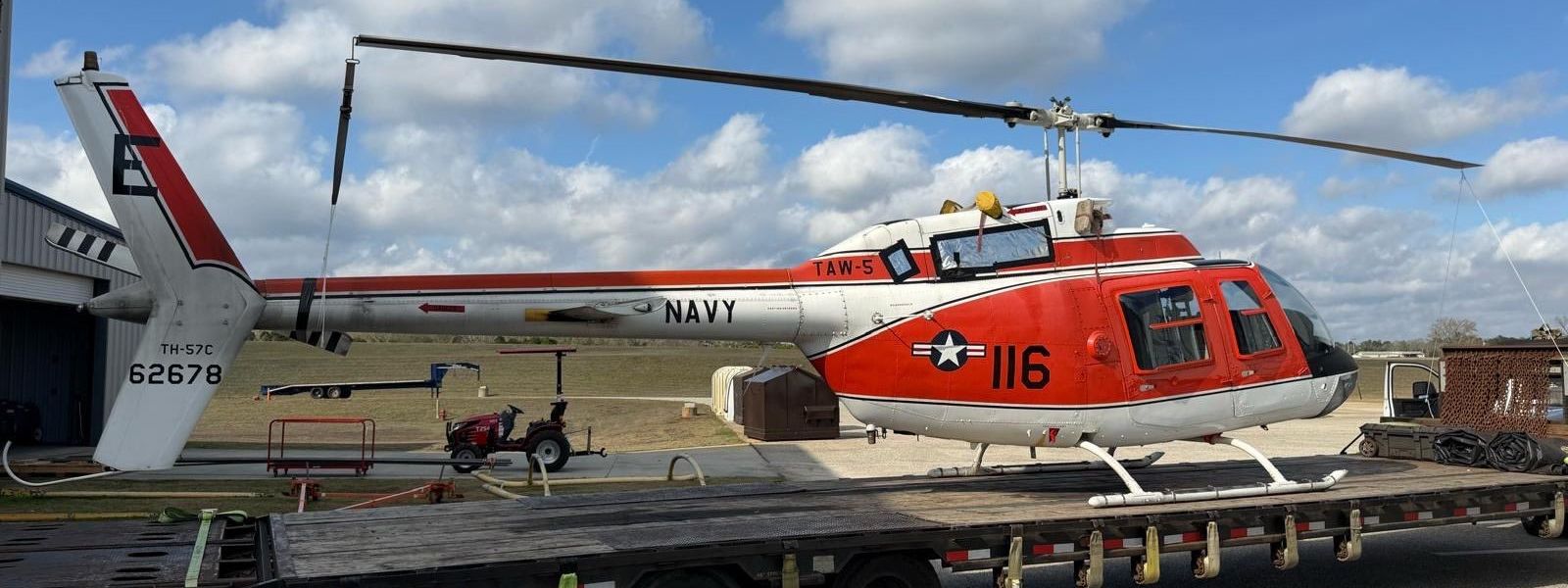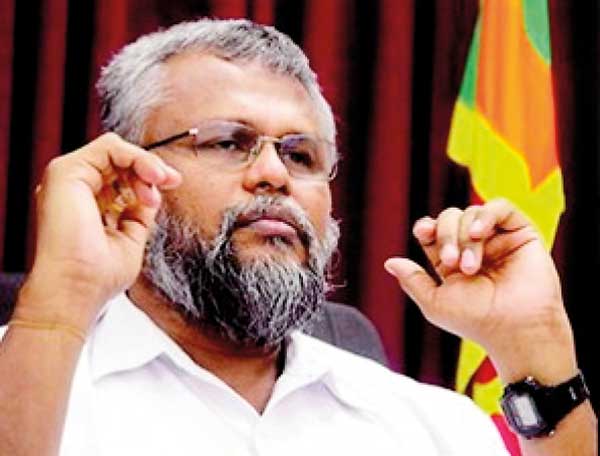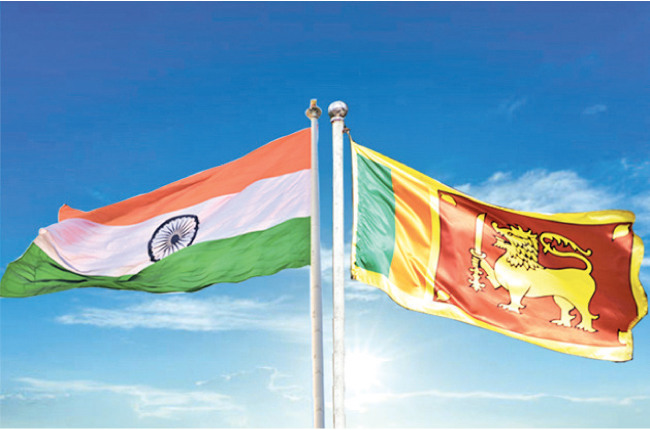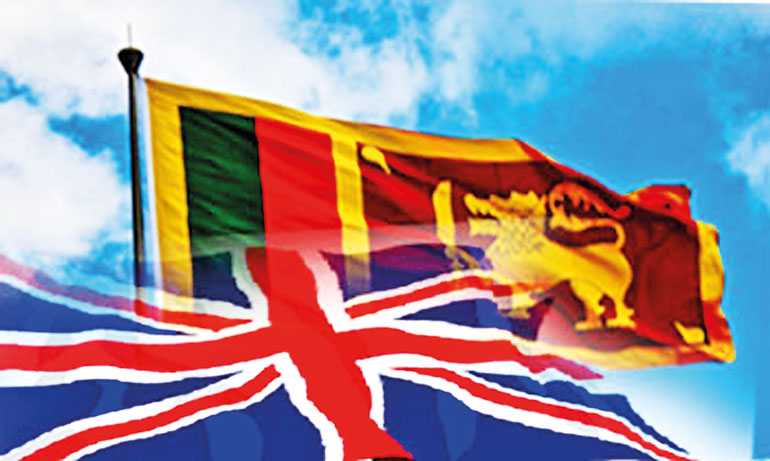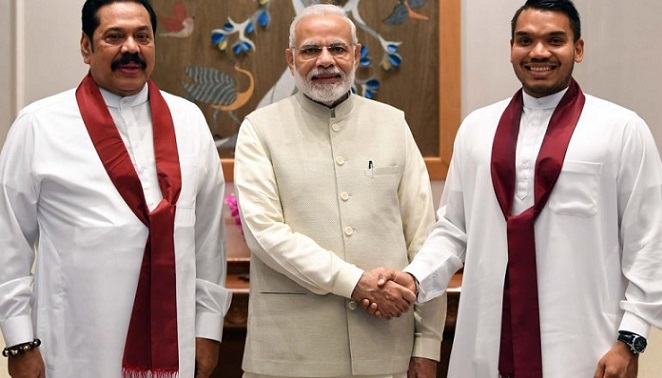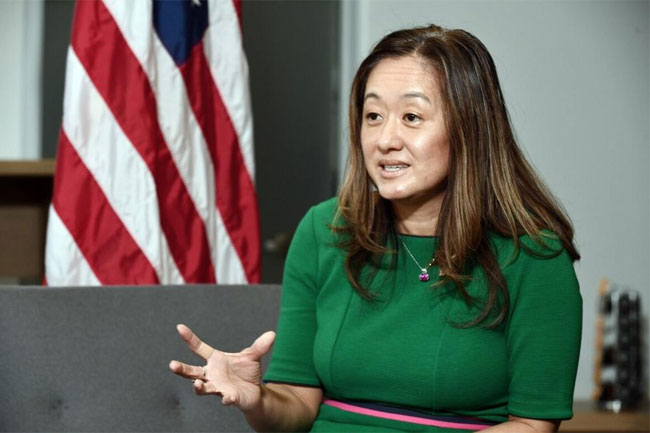India awaits Sri Lanka’s response to the proposal for a detailed project report on land connectivity between the two countries, an official said yesterday.
Indian High Commissioner Santosh Jha, in an interactive session with journalists, said that the land connectivity project was actually a proposal that originated from Sri Lanka
“Our proposal to the government of Sri Lanka still is there to conduct a detailed project report to initiate that. We are waiting for the government of Sri Lanka to respond to that. I think it is important to recall that land connectivity project was actually a Sri Lankan proposal, not an Indian one,” he said in response to a question in this regard.
He added that India is going along with the proposed project.
Responding to a question on the proposed project for connectivity of two power grids, he said meetings had been conducted and technical details taken up.
He said they are currently working on the financial framework for implementation but acknowledged that some constraints could arise due to the focus on the cyclone response.
“When the External Affairs Minister came, the only issue that was discussed was related to the cyclone response. We will at some point revive this conversation to get into the financial modalities of how to implement it,” he said.
“There is a very strong commitment on the part of the Sri Lankan government to implement it, as there are clear gains to be made for the country. On the proposal to develop the grid as an energy hub, we have already held one meeting and are currently exchanging details on what each side believes should be done and the manner in which it should be implemented,” he said.
In his opening remarks to the press, the High Commissioner dealt with India’s extensive assistance in the wake of Cyclone Ditwah. He said that India had shifted focus to reconstruction and rebuilding to support the efforts and packages announced by the Sri Lankan government.
“This is a demonstration of Sri Lanka’s key place in India’s Neighbourhood First and MAHASAGAR policies. It is this policy that is reflected in India stepping forward with a package of US $ 450 million. This package responds to the needs as assessed by various Ministries of the government of Sri Lanka. The assistance package proposed includes US $ 350 million in concessional Lines of Credit and US $ 100 million of grants. The assistance will be multi-pronged, assisting Sri Lanka in sectors that were most badly hit.
The five broad categories of support are:
rehabilitation and restoration of road, railway and bridge connectivity;
support for construction of houses fully destroyed and partially damaged;
support for health and education systems, in particular, those that have been damaged by the cyclone;
agriculture, including to address possible shortages in the short and medium term, and
working towards better disaster response and preparedness ,” he said.
“Over the coming week, we are looking at inaugurating two bridges constructed under this package. We will also commence the restoration work on the Northern Railway line. The bridge construction is proposed to be covered under a grant of nearly US $ 30 million. Our estimates suggest that this should suffice for restoration of all bridges impacted by Ditwah. The repair of the Northern Railway line will also be funded under grant,” he said.
He said that the agenda for the coming weeks includes the installation of nearly 200 RO water purification plants in locations identified by the government.
Another priority is the supply of temporary shelter materials for those who lost their homes to Cyclone Ditwah. Proposals are also being finalized to support the repair of partially and fully damaged houses through a USD 50 million grant, according to him.
He added that efforts are underway to finalize the modalities for several projects, including the terms of the INR-denominated lines of credit. These LoCs will facilitate the rebuilding of damaged roads and railways, as well as the procurement of food, medicines, medical equipment, fertilizers, livestock and other essential items currently in short supply.

